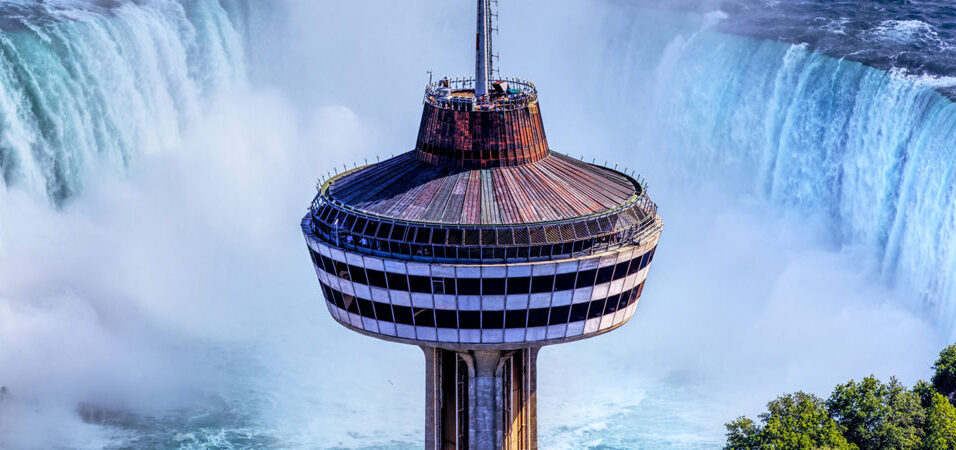Taif Ziyarat: Exploring Its Sacred Sites Beyond the Usual Tourist Path
Nestled in the mountains of Saudi Arabia, Taif is a city that has long held a special place in the hearts of travelers, both for its natural beauty and spiritual significance. While many visitors are familiar with the popular attractions like Shubra Palace, Al Rudaf Park, and Taif’s fragrant rose gardens, fewer are aware of the deep religious and historical sites scattered across the region. This lesser-known spiritual trail offers a rich and moving experience for those interested in the Islamic history of Taif. In this blog post, we will explore the sacred and often overlooked sites that elevate Taif Ziyarat from a casual visit to a soul-enriching journey.
Why Taif Holds Spiritual Importance in Islam
To appreciate the significance of Taif’s ziyarat (religious pilgrimage) sites, one must delve into its profound connection with early Islamic history. Taif was the city the Prophet Muhammad (PBUH) turned to after facing relentless persecution in Makkah. His journey to Taif, though initially met with hostility, is one of the most poignant episodes in Seerah (Prophetic biography), symbolizing resilience, faith, and divine support.
This pivotal moment in Islamic history makes Taif not just a scenic retreat, but a place of deep reflection and reverence. Every street, mountain trail, and ancient stone in Taif tells a story, offering believers a chance to walk in the footsteps of the Prophet (PBUH).
Do you want to visit Char Dham? Char Dham Travel Agent is the best place to plan your Char Dham tour. You can book the tour from here.
1. Masjid Addas: A Testament to Faith and Compassion
One of the most moving sites to visit during a Taif Ziyarat is Masjid Addas, named after the Christian slave who offered grapes to the Prophet Muhammad (PBUH) after his rejection by the people of Taif. The Prophet’s kind words and knowledge of Addas’s hometown stunned the young man, leading him to declare his faith.
Though modest in appearance, this masjid is immensely powerful in meaning. Standing here allows visitors to reflect on the universal messages of kindness, interfaith dialogue, and unwavering faith in God’s plan.
How to Visit:
Masjid Addas is located in the area of Al-Masara in Taif. It’s a simple structure and may not appear on typical tourist maps, so asking locals or hiring a knowledgeable local guide is recommended.
Would you like to visit Indiar? A tour operator in India is the best place to plan your tour. You can book a tour from here.
2. Al-Kubra Mosque: Where the Prophet (PBUH) Prayed
Another significant spot is Al-Kubra Mosque, which is said to be built on the site where the Prophet Muhammad (PBUH) prayed after leaving Taif. This mosque isn’t as frequently visited as the major mosques in Makkah or Madinah, making it an ideal place for quiet reflection.
The solitude here contrasts starkly with the emotional turmoil the Prophet experienced during his visit to Taif. Standing in the mosque, one can feel the deep spiritual energy and the serenity that comes from perseverance and prayer.
3. Wadi Waj: The Place of Revelation
Wadi Waj is believed to be the place where Angel Jibreel (Gabriel) descended with the message that Allah had sent the angel of the mountains to destroy the people of Taif, giving the Prophet (PBUH) the choice. But in a legendary display of mercy, the Prophet declined, saying he hoped their descendants would one day believe.
Would you like to visit Haridwar? Travel agents in Haridwar are the best place to plan your trip. You can book your tour right here.
Wadi Waj is more than a physical valley; it’s a symbol of mercy and hope. Visiting this site is an opportunity to contemplate the values of forgiveness and long-term vision embedded in Islamic teachings.
4. Jabal Daka: Spiritual and Climatic Elevation
While Jabal Daka is popular for its cool climate and scenic views, few realize that it is also a place of spiritual seclusion. The Prophet Muhammad (PBUH) was known to retreat to the mountains for worship and reflection. Today, visitors can do the same—praying in the stillness, inhaling the fresh air, and reflecting on the timeless message of Islam.
Jabal Daka is also a favorite spot for those performing itikaf (spiritual retreat) or seeking to connect with nature while reflecting on their faith. The peacefulness of this location is unparalleled and provides a spiritual high that is difficult to articulate.
5. The Ruins of Ibn Abbas’s School: Legacy of Scholarship
Ibn Abbas, a companion of the Prophet (PBUH) and a prominent Islamic scholar, is believed to have established a madrasa (Islamic school) in Taif. Though only remnants remain, this historical site serves as a reminder of the importance of knowledge in Islam.
Walking among these ruins, one cannot help but feel inspired by the legacy of Islamic scholarship and the enduring message of seeking knowledge from cradle to grave.
6. Historic Taif Market: Echoes of Islamic Trade and Ethics
Taif has been a center for trade and culture since ancient times. The historic markets in Taif, especially the Souq Okaz, once witnessed not just the exchange of goods, but also poetry, ethics, and da’wah (invitation to Islam). The Prophet Muhammad (PBUH) is believed to have passed through such markets during his early life and missionary journeys.
Though it is now a modern tourist attraction, exploring Souq Okaz with a spiritual lens offers insight into the ethical framework that Islam brought to commerce—honesty, fairness, and social responsibility.
7. Al-Hada Mountain Road: A Path of Reflection
Though primarily known as a scenic drive connecting Taif to Makkah, Al-Hada Road can also serve as a spiritual route. As pilgrims travel through its winding bends, they are physically and metaphorically ascending—leaving behind worldly distractions and drawing closer to spiritual clarity.
Consider stopping at one of the many lookout points along Al-Hada for quiet contemplation or prayer. The view of the mountains stretching into the horizon evokes a deep sense of Allah’s majesty.
Tips for a Spiritually Enriching Taif Ziyarat
If you’re planning a Taif Ziyarat journey beyond the usual tourist path, here are some suggestions to make your trip more meaningful:
1. Hire a Guide with Islamic Knowledge
Most regular tour guides focus on history or nature. Look for a guide who understands the Islamic significance of Taif’s sites to provide accurate and soul-stirring narratives.
2. Keep a Travel Journal
Note down your reflections, verses of the Qur’an that come to mind, or duas (supplications) you feel connected to at each site.
3. Combine Ziyarat with Worship
While sightseeing, also spend time praying at these sacred spots. A few extra rak’ahs or silent dhikr can transform a historical site into a deeply personal experience.
4. Dress and Behave Respectfully
Even if you’re the only one at a particular site, remember its sanctity. Maintain modest dress and respectful conduct.
Ziyarat Beyond the Tourist Lens: A Personal Transformation
Unlike Makkah and Madinah, which are bustling hubs of religious activity, Taif offers a more solitary, reflective spiritual experience. It’s the kind of journey that doesn’t just enrich your knowledge—it touches your soul. Each sacred site whispers stories of pain, perseverance, mercy, and faith.
By stepping off the beaten path during your taif ziyarat, you allow yourself to connect more deeply with the experiences of the Prophet (PBUH) and the divine messages he received. In a world full of noise and distraction, Taif stands as a quiet witness to the profound moments that shaped Islamic history.
Final Thoughts
Taif is not just a summer retreat or a scenic getaway—it is a city steeped in spiritual history and lessons. Visiting the sacred sites beyond the usual tourist destinations opens up a realm of reflection, prayer, and connection with the Divine.
Whether you’re a seasoned pilgrim or someone newly exploring the depth of Islamic history, Taif Ziyarat offers a journey unlike any other. It challenges you not just to walk through the city, but to walk through its history—and in doing so, walk closer to your faith.
May your ziyarat be accepted, your heart be filled with peace, and your steps be guided toward goodness.






